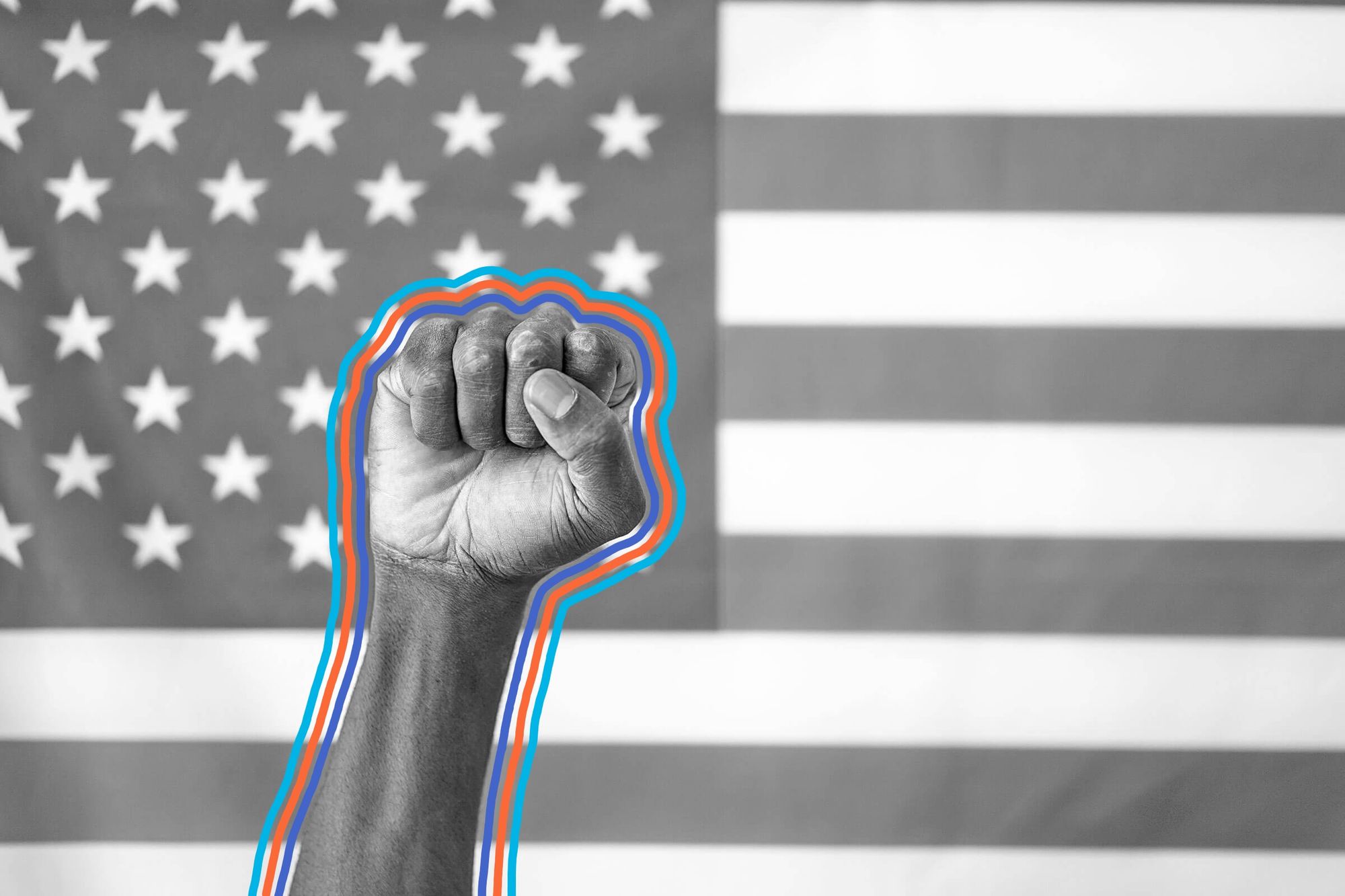
Hawaii was the first U.S. state to have two official languages.
Most states don’t recognize any language as an official tongue. Yet Hawaii has officially recognized two state languages — English and Hawaiian — since 1978. Hawaiian is a Polynesian language with just 13 letters, and was the main language spoken in the Pacific island chain long before it became a U.S. state. However, as in many Indigenous communities that experienced forced assimilation, by the late 19th century Hawaiians were often prohibited from using their own language. The first ban on speaking Hawaiian in schools appeared in 1896, three years after the U.S. became involved in overthrowing the Hawaiian monarchy; two years later, English became Hawaii’s official language when the islands became a U.S. territory.
By the 1960s, activists began fighting to preserve parts of Hawaiian culture they feared were slipping away, including music and dance, but most importantly the Hawaiian language. Their efforts were rewarded in 1978 when the state constitution was amended to make Hawaiian an official language; the move also gave weight to many legal documents that were originally drafted in Hawaiian before it was banned. Then, in 1990, nearly 100 years after Hawaiian was first banned in schools, the U.S. government passed legislation to help support language learning and the preservation of Hawaiian and other native tongues. Today, many Hawaiians attend immersion schools to study the language, and a survey in 2016 found that about 18,000 people speak the language, along with English, on a daily basis.
Three states — Hawaii, South Dakota, and Alaska — have more than one official language, though Alaska has the most. In 2014, the northernmost state passed a law recognizing 20 Indigenous languages as official tongues, including Tlingit, Koyukon, and Central Yup’ik, along with English. However, Alaska has far more native languages than have been made “official,” with nearly 100 dialects found throughout the state. Generally, languages are broken into two main language groups — the Inuit-Yupik-Unangan and the Na-Dene. Both language families have been researched and documented since the 1970s by language preservation groups. However, few of these tongues were written down or recorded, and many have since become rarely spoken or lost, which is why Alaska’s governor issued a state emergency in 2018 to promote Indigenous language learning in public schools.

